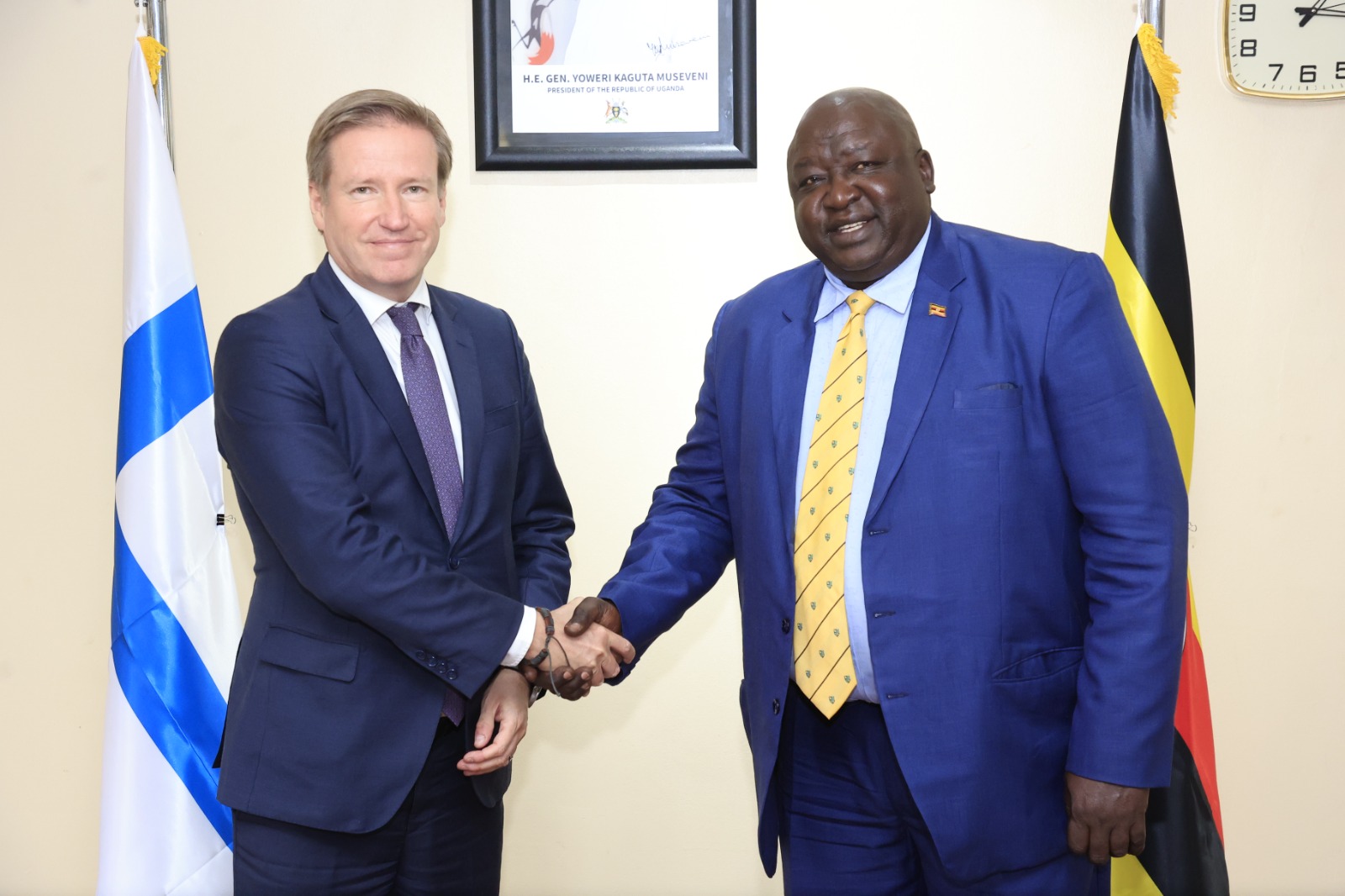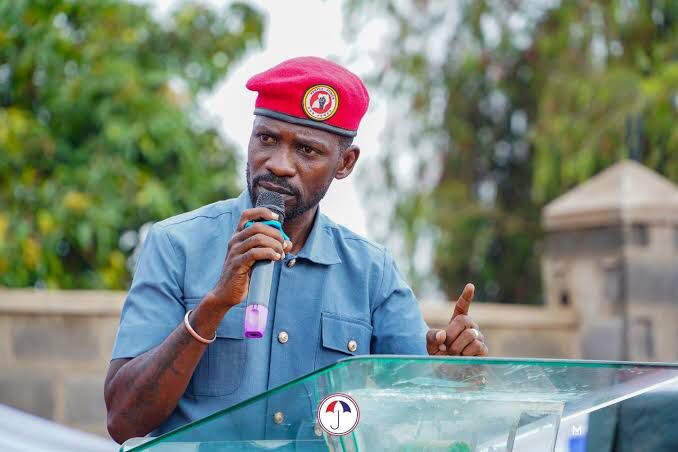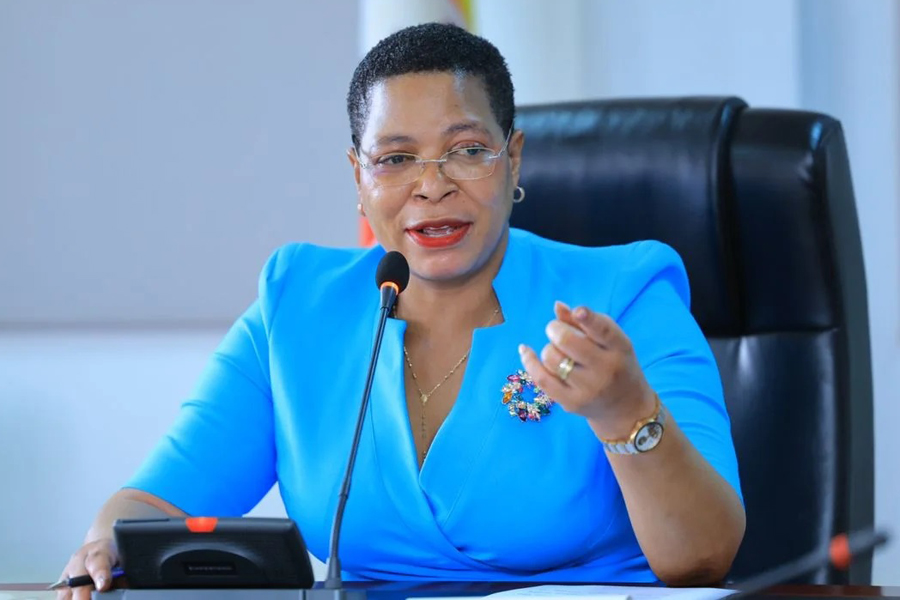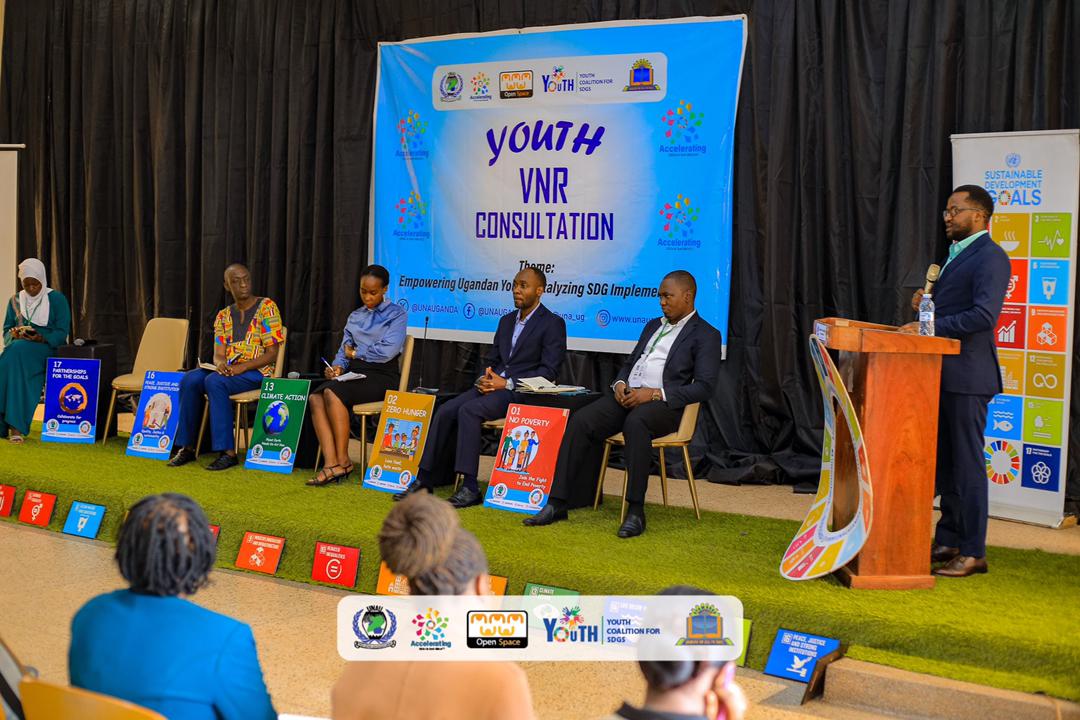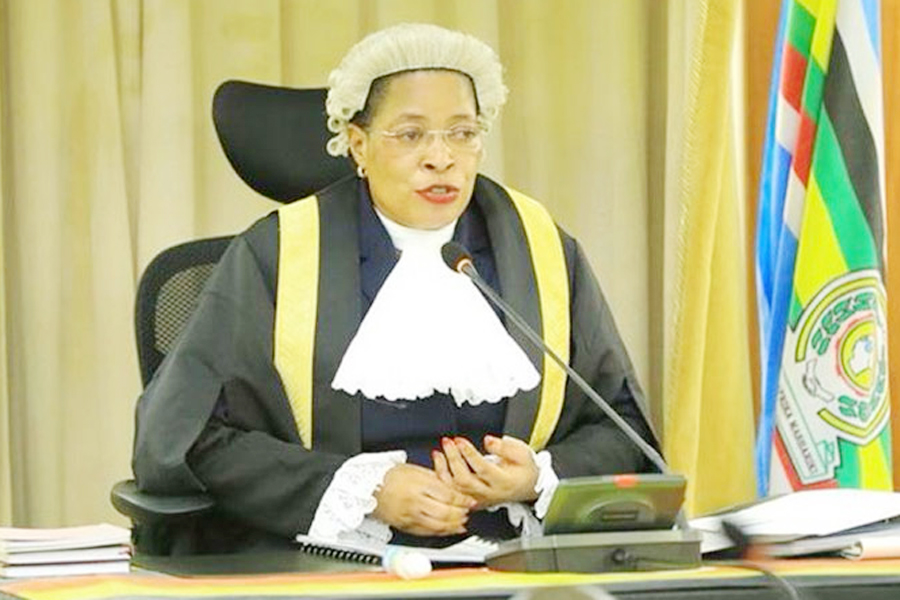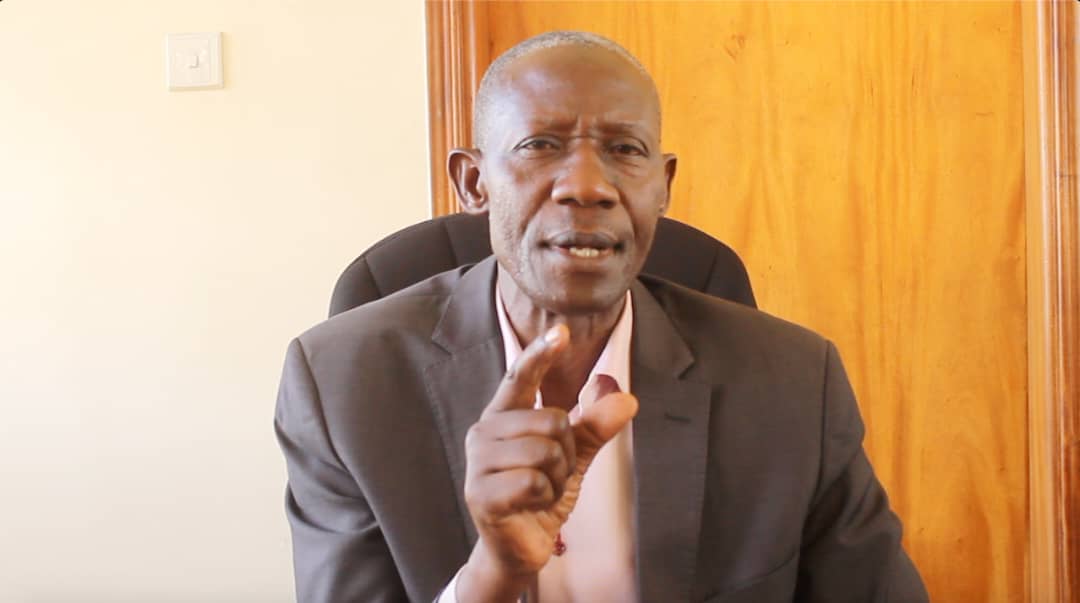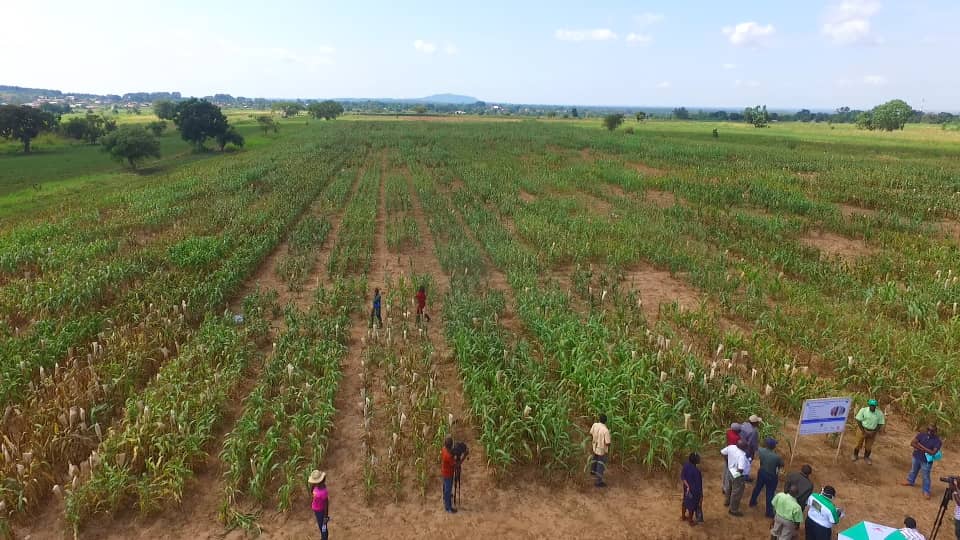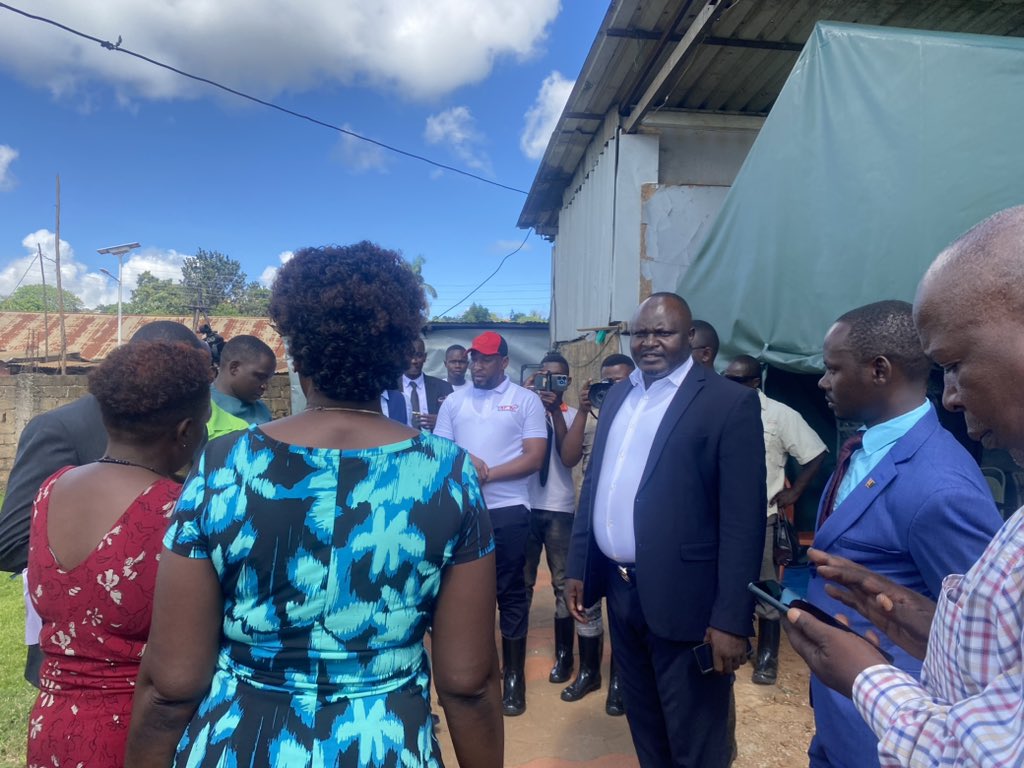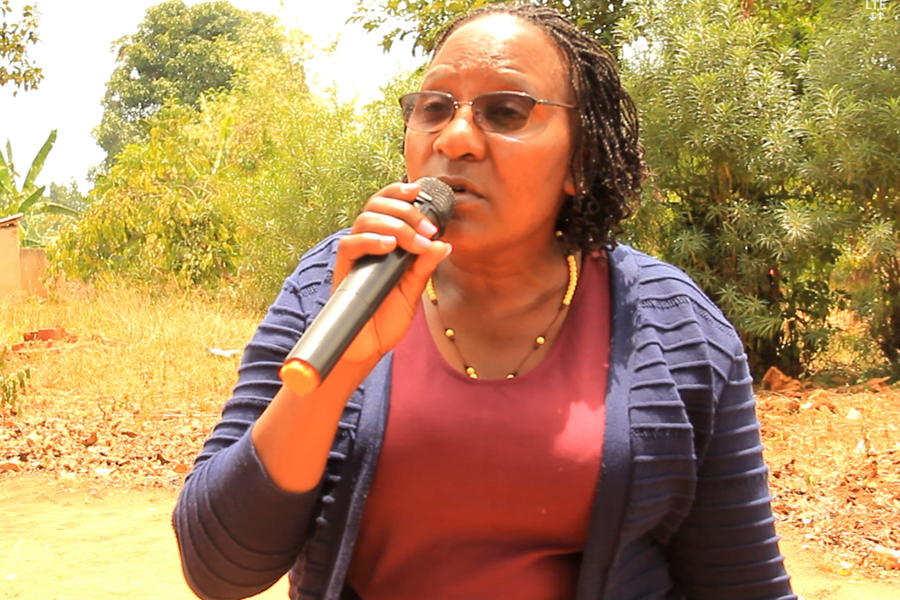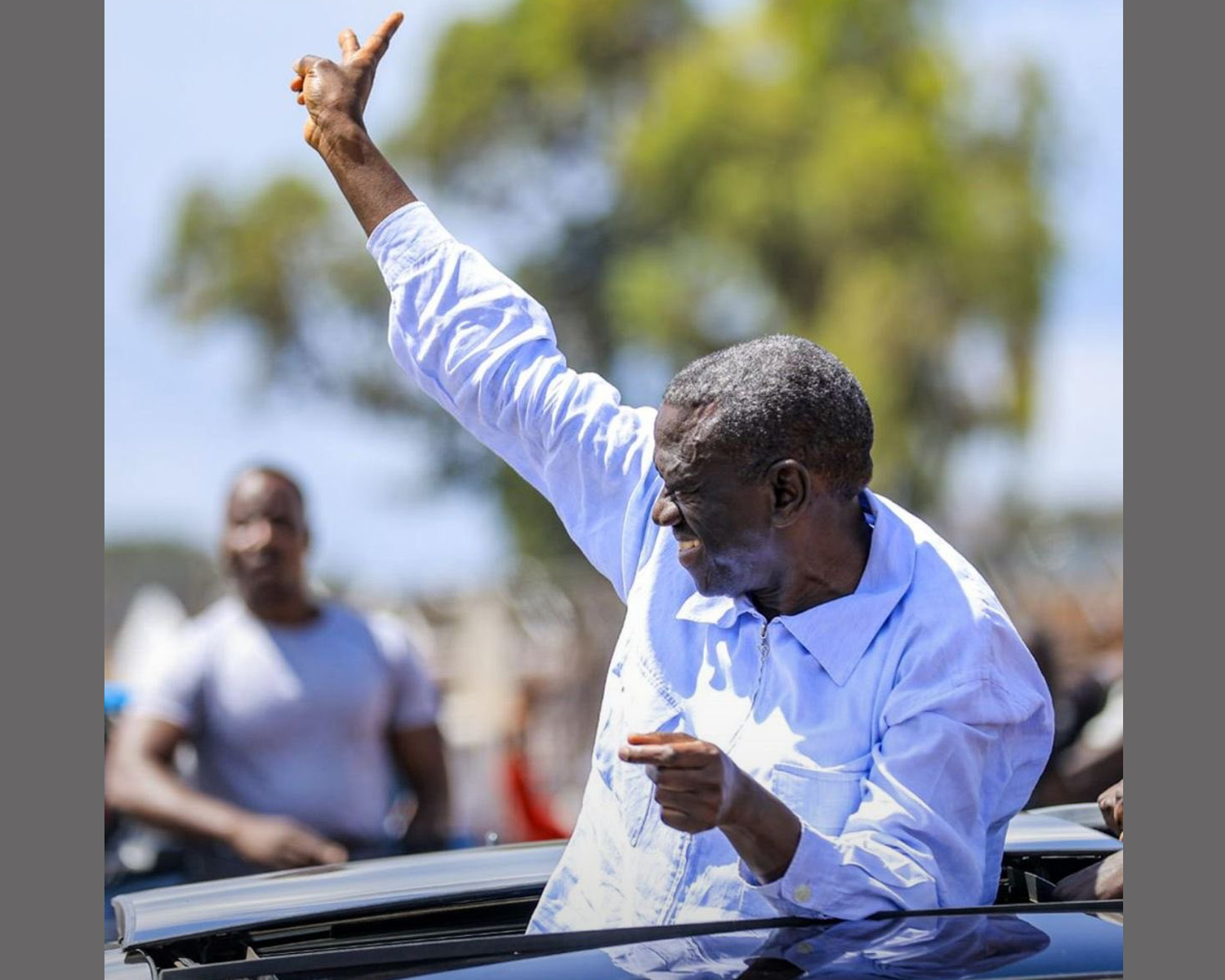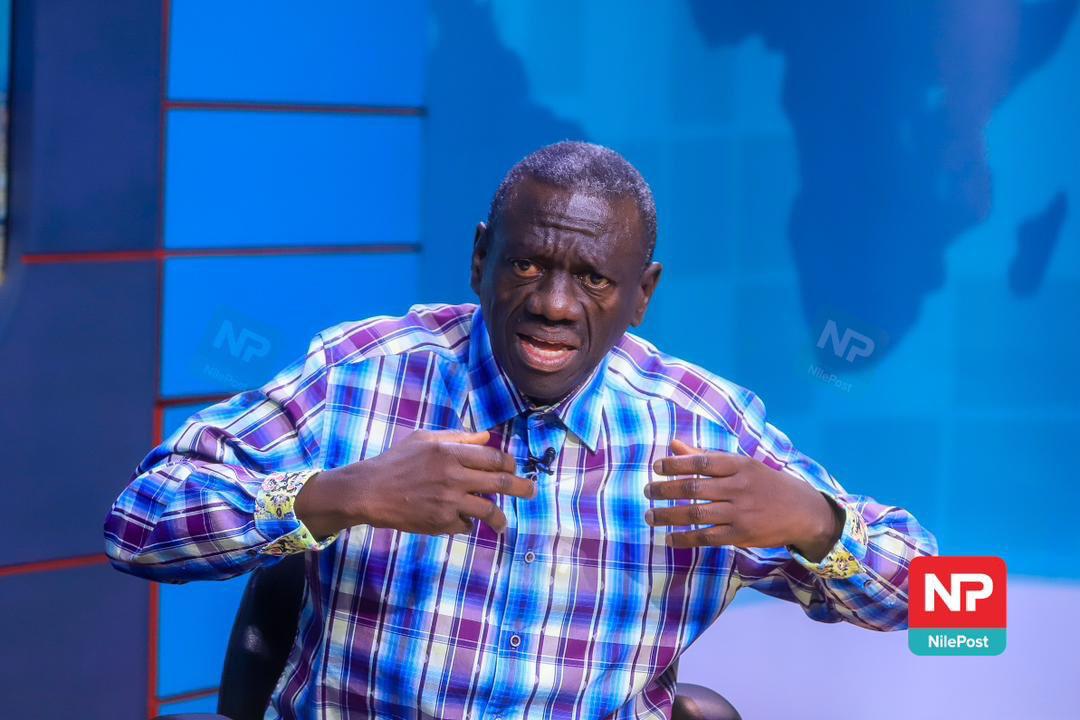The two innovations under my watch will change the fund - Ayota
With all the ongoing fuss and the parliamentary probe into the running of the National Social Security Fund, the acting Managing Director, Patrick Ayota has allayed any fears among the savers, assuring that members' savings are safe and sound.
"We just need to learn how not to follow every innuendo and rumour because with social media, everyone become an investment expert. I know the wind will blow out and members will realise that this was actually rumours,"Ayota said.
Keep Reading
The Nile Post picked Ayota’s mind on a wide range of issues in this exclusive interview.
In your view, how is the performance of the saving fund?
The Fund’s performance has been incredible. You can’t just grow from shs1.7 trillion to shs17 trillion in a period of just about 10 years, and in an economy growing at 5% or 6%. This means the Fund’s growth has been around 14% which is phenomenon.
You were re-appointed in December for another five year term, where you caught by surprise, and why?
I am not sure whether this was surprise because the board had actually written to the minister asking for reappointment. It was therefore not a surprise that it came. We had done well as a team and by the time board applied, it had asked us to make sure we are interested in continuing to serve the NSSF.
We are told you are the brainchild behind the strategy that has increased funds in NSSF. What is this strategy ?
Back in around 2013, after joining 2011, we came up with a three year strategy and then in 2014, decided to come up with a 10 year strategy to look at the Fund in 10 year cycles. At that point in 2014 we were just shs5.5trillion and we said we wanted to grow the Fund to shs20trillion by 2025. But to do that we needed to make sure our members were satisfied and happy with us.
The member satisfaction rate was around 63% and we said we wanted it at 95% by 2025. However, to make members satisfied, you have to make sure that staff who serve and interact with them are also engaged and satisfied.
By that time, the staff satisfaction rate was around 68% and we said we wanted it to be 95% by 2025. To achieve this you have to make sure your processes are really good…. You have to give staff the tools, processes, equipment, IT should be aligned to help us be efficient. We said our measure of efficient was going to be how quickly we pay benefits. At that time we were paying benefit around 36 working days and wanted to reduce one day.
Therefore the strategy is summarized in just four little figures saying 20, 95, 95 and one to mean shs20 trillion by 2025, 95% customer satisfaction rate by 2025 , 95% staff satisfaction rate by 2025 and one day processing time of benefits.
That is the strategy and everything we do is built around delivering that strategy.
Slightly connected is the 2035 strategy that you have been charge with. What is it and how far?
Right now we are around shs18 trillion Fund and we still have two years to go before 2025 .We know we shall hit that number very soon and so we begin to think through 2035.
What do we want to become by 2035? We are now working on a strategy but we have not yet taken it through the board and top management to agree to but the idea is that can we hit shs50 trillion by 2035?Can we maintain member satisfaction at 95%, for those members to be engaged and satisfied with our services, can the staff continue to deliver things they need to deliver at 95%
Now that the law has allowed us, can we expand the coverage of social security from just 10% of Uganda’s total working population to 50% of the working population? The share of the 2035 plan that is still being developed is four targets ie 50, 95, 95, 50.
Shs50trillion fund, 95% member satisfaction, 95% staff satisfaction and shs50% of Uganda’s working population saving with the Fund. That is the view of 2035.
What more can the pension fund do to bring down the cost of borrowing?
If you look at the way interests rates are constructed in a normal economy, you start with your interest free security which is a government bond , then a certain premium for us we call the prime rate and then you extend it to other customers. If you look at the interest risk free , the government paper bond, right now government is willing to borrow a 15 year bond and pay 15 or 16% . That is risk free and a sovereign debt. Why do you think a bank would want to lend me money who is more risky than the government at anything less? What we have to do as an economy is for us as Ugandans to realise what drives government appetite for debt that they go into the market place and are willing to pay much higher yields. That is what is crowding out the cost of funds in the country. You can’t blame the banks because I can get a 20 year bond at 6% from the bank which is less risky. If I lend it to you, you may run away. We have to be honest about ourselves and ask what we can do as people to reduce our appetite for public debt. Do we need to reduce on our spending? Do we get new sources of revenue. We need to look at it that way and we will do away with the issue of the debt.
What do you think about NSSF after that probe?
The ongoing probe has been difficult on the Fund and the members because members are struggling not knowing what to believe. Unfortunately sometimes the probe focuses on one area and doesn’t look at the entire picture.
For example somebody says we are spending too much money but if you look at it from the totality of the picture, what value did we derive out of that? It is like you have a farm and hire a manager for it and give him shs200billion as your budget and at the end of the year turns it into a shs1.8 trillion profit for you. So the probe doesn’t want to think about the shs1.8 trillion value but focuses on the shs200 billion. That is where most of our members as the cloud clears we will be able to demonstrate to them and bring clarity. In business don’t only focus on one side but on the value.
The Fund today, if you look at it globally, in Africa we are in top five performing funds, if not the best. The statistics we use for that are incredible. There is something that measures efficiency and how you utilize funds, called cost of administration. With this, you take all your total expenses d and divide them by your total assets . Globally, there are about 300 plus funds our size in Europe, Australia, Asia, South America and the US and the benchmark for that number that all pension funds strive for is 2.2%. Our neighbours NSSF Kenya are around 2.7%, NSSF Tanzania is closer to 3.3% and NSSF Uganda is 1.16%.
That is just an amazing efficiency number and yet with that one, we have thrown in everything you think of. We discovered some little things that sometimes matter. How do you get your staff motivated that they give you value.
Between 2021 and 2022, the Fund grew by about ssh1.8 trillion. That means for each shilling we spent in total costs, it yielded nine times value. When you look at our staff costs including salaries, welfare and many others of about shs130 billion, for each billion we put in, it yielded 13 times value.
Compared to our neighbours, NSSF Kenya using the same matrix and period, each shillings in costs yielded five times in value whereas each shilling in staff cost yielded eight times value.
The question is that what makes an NSSF staff more productive than their counterpart in the region? What makes an NSSF staff give more to the member than their counterparts in the region. This is simply because we are experimenting with what motivates people, makes them work harder because the traditional way of management doesn’t work and you have to think about motivating youths to work.
That’s why we have got companies coming to NSSF to learn how to manage and get productivity out of staff. That part of it many people have not figured it out and is what has made the Fund grow and stand out. The Fund is so innovative but the price of innovation, you have to be willing to accept failure. If you don’t, you can innovate.
Have we created an environment where people can experiment and learn from that? The answer is yes. If it doesn't work, you know it has failed and find out how to make it better.
Within our IT department, people have done incredible things. One of the top IT resources you could ever get are at NSSF. From the 2025 strategy, there were going to be things we were supposed to deliver at the end of 2023 but in some areas, we are two years ahead.
Savers' money, and safety and access, let's pick your mind on it
The savers; money is very safe . The thing that drives pension and is critical, in basic pension fund like NSSF, the biggest attribute is safety. In other words, the savers’ money is safe. It must be safe at two different levels. It should be safe at investment level. If you look at the last five years, the mix of investments has been 78% in government paper which is the safest place you can put money and gives you high yields. Then we have about 15% in equities and 7% in real estate which gives us the most trouble . That mix has not changed. Our asset mix still has the same ratio as it was five years ago.
From an investment perspective, the member fund is as safe today as it was five years ago because the asset mix has not changed.
Then you come at operational level where you put things where there is little wastage or where there is no body stealing money.
That one sometimes a human error can come but it is minimal. In the context of the Fund , it is very minimal. For example last year when we declared interest rate of 9.65%, we needed shs141 billion for 1% rate. We did 9.65% which means it was about shs1.5 trillion was declared as interest rate. This year it is going to be about shs150 billion to declare 1% interest rate . In other words, for me to impact a member, for him to really feel that we blew it, I need to waste sh150 billion.
We are not perfect and people forget that. Every time you make a decision that involves tomorrow, you are using partial information because you don’t know tomorrow and don’t have full information about tomorrow.
There are moments you will take a decision and get it right and there are others you will make decisions and the next day you realise you got it wrong. In investment there is what we call portfolio investment. You don’t focus on one asset but look at the entire portfolio.
In the entire portfolio, there are those that will not do well but there are also others doing so well. If you look at the growth of the Fund over the last 10 years, it has been growing on a trajectory which means we made more right decisions than wrong ones.
How should public trust in the fund be handled ?
If we just hold back a little bit and asked what has fundamentally changed in the Fund over the last five years or this year. Is it because the stories that we are told? The asset mix is still the same, the strategy we set up is still there. The individual assets are still there. The point is that the fundamentals are still there and you don’t have to run away.
We just need to learn how not to follow every innuendo and rumour because with social media, everyone become an investment expert.
I know the wind will blow out and members will realise that this was actually rumours. Just in January when we had the highest level of noise, we managed to collect shs140 billion, paid about shs92 billion . The Fund is functioning and doings its daily job very well.
Are there more innovations that can make this fund more profitable to the savers ?
We are working on two innovations that will allow us take a very long term view of the future. The Fund grows organically when revenues are more than the expenses and the net profit goes back to help the Fund.
The Fund also grows when people make more contributions and more contributions mean that either people are getting higher salaries or there are new members coming. What we have found out is that when an employee leaves big companies, they don’t replace you but redistribute your work and not your salary.
We can actually see the growth rate for new contributions is reducing. The other place we need to help growth is new members.
In that area of new jobs, we look at how they are created. The country is not creating many jobs
There are four stages of job creation including ideation where someone has a new idea, piloting whether the idea works and the next stage is commercialization of it and then scale it.
In the scaling stage there is enough money where banks are waiting for you. In the commercial zone is some money, ideation stage also has enough resources. Where ideas are dying is in the piloting because nobody is putting any money in startups.
We therefore got into a joint initiative with Mastercard Foundation to be involved in creating jobs.
We intervene in startups by giving them only shs75 million. NSSF contributes half and the other half by Mastercard Foundation. Our first cohort was in February 2022 and we funded 27 .
We had funded five in the piloting stage in 2021 and now we had 32 by February 2022. We pre-qualified 78 in November and we are going through a due diligence now and later funding them by the end of February.
That is 105 startups We noticed that only 25% of these were women and we started a special class for women. We build a business academy where you go through first, then by the end you are done and have a business plan and then you are helped to go through a boot camp and pitch your idea to a panel.
We now have a women class of 2900 going through class now and will be pitching in March and identify 100 startups. In the next five years we want to fund 500 startups.
The truth of the matter is that the survival rate of business in Uganda is very low. Out of the 500, if only 10% survive and translate into big companies in 10 years’ time, if you prefunded 500 startups and you get 50 of them to survive to become the MTNS, KCBs, we have just created a future and value for members by intervening in that.
In fact we will have to expand it because we have other players who want to join.
We are also going to intervene in agriculture. It employs the highest number of people but the biggest thing that has missed in looking at the consumers.
We have invested in NAADs, Parish Development Model and many other things because we assumed the problem was the farmer to get quality seeds, post harvest handling and affordable financing. It is true he needs that and listens by growing his maize. Fourth months down the road, he asks the simple question of where to sell the maize
As a country, we never focused on the demand side of the business.
Right now we are actually in talks to create a company to deal with the market that whatever the farmer is growing, there is a market for it within or outside the region.
That is an advantage we have as a country. If do that by intervening in the farmer’s life, the farmers will save with the Fund.
Finally, what do people don't know about you particularly in the realm of experience to run the Fund?
I have been around a bit . I was in the US where I did my undergraduate masters and from that point on, I worked in education, real estate, have been an auditor in the US and got to know about pension funds.
When I came back to Uganda I was a chief finance officer with Barclays Bank by then before being chief finance officer with NSSF and later deputy Managing Director.
From an experience perspective, if you look at the track record I have for all those years, I have been fortunate that it has not been checkered. What guides me a lot is internally a life that keeps to be rooted in God.
I don’t do everything right all the time, I have messed up a lot and need God’s forgiveness, but it has given me direction and motivation on how I do things.
I do things because I believe God has given me an opportunity to do that and do it to be best of my ability and not to please anybody but hopeful at the end of the day, God can turn around and say you are a faithful servant. That becomes my anchor in life.


